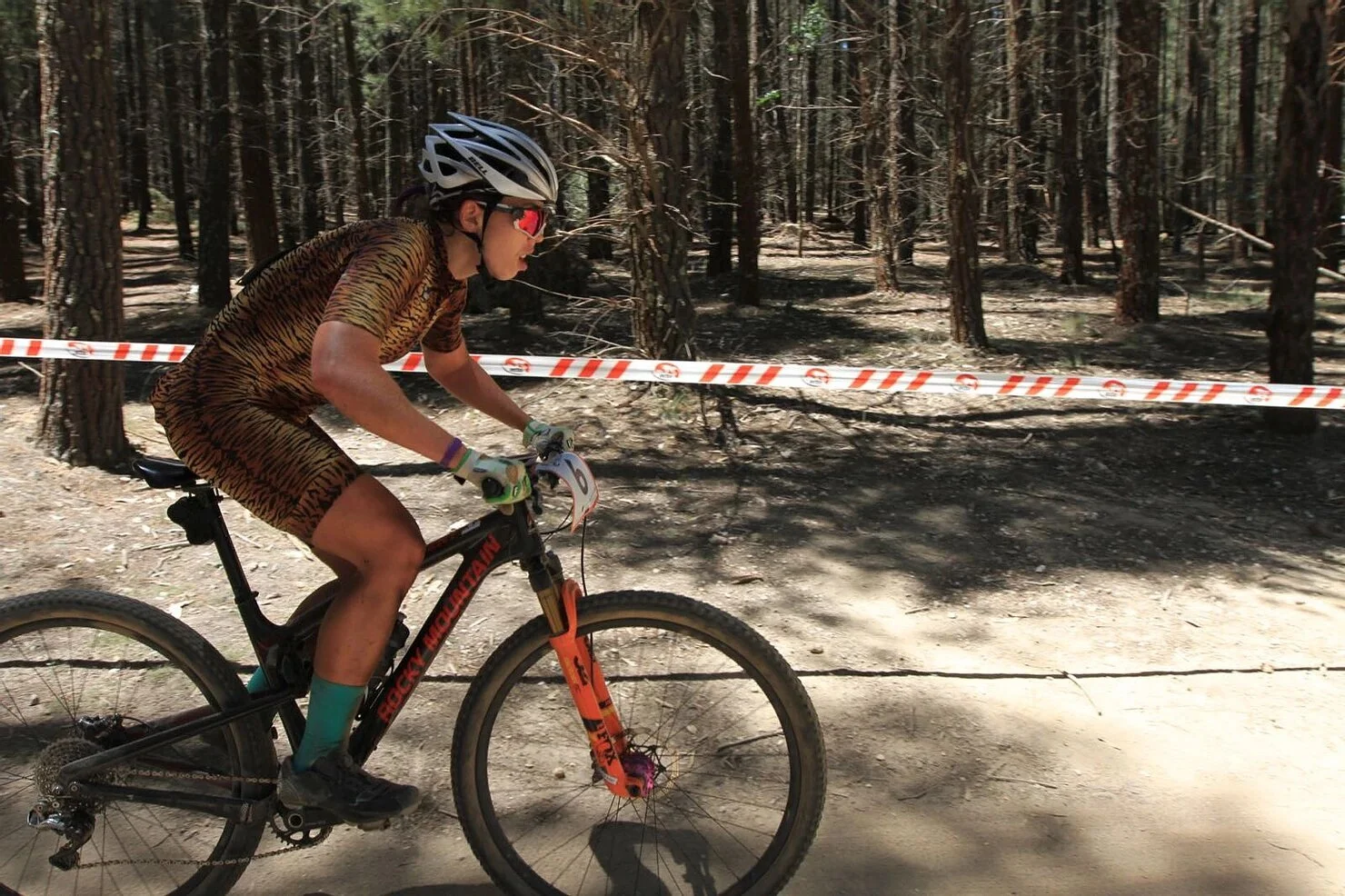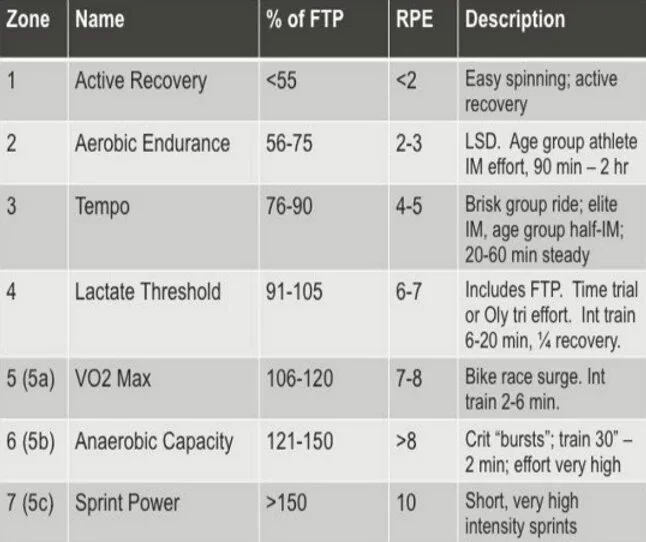ZONE SERIES: VO2 MAX
Welcome to the second in our series of posts on training zones. If you missed our first post on Anaerobic Capacity you can visit that here.
So today we will be unpacking the famous VO2 max zone, also known as Supra-threshold, Zone 5 or 5a (depending on what zone delineation you’re using). So what is VO2 Max? Well, any athlete who has done the space-man dance in a lab while pedalling to exhaustion can tell you: it’s an uncomfortable place to be!
Technically, VO2 max is a measure of the maximum volume of oxygen your body can inhale and use during all out exercise. This value is expressed as ml/kg/min (weight adjusted i.e.: 45ml/kg/min) or non-weight adjusted (ie: 3.5L/min). This is a maximal reading, as even if the workload (power/wattage) increases, this capacity has flatlined when VO2 max has been reached.
On the rivet: this is what VO2 max looks like!
So what does this mean for us as cyclists?
VO2 Max has historically been used as a predictor of aerobic performance, but it’s not the be all and end all. In a given domestic Elite Level bike race we may have men with a VO2 of between 65 and 80, tousling together in a battle. Other performance parameters including threshold, anaerobic capacity and repeatability, skill, mental game and motivation are all aspects to performance that can mean a lower VO2 max athlete can still succeed in endurance sport.
The Training
VO2 max is a zone that is engaged when completing near-maximal intensity work at durations of between around 2.5min and 8min. For power-based athlete, target wattage is set at 106–120%. If you can sustain a higher output, it’s likely that your threshold is set a bit on the low side, or if you have a progressive decrease in power, that you started too hard and there was a large anaerobic contribution to the effort.
For this zone, there are a range of ways to hit targets. There are standard intervals (often with 1:1 work:rest ratios) or microburst style (think the 40sec on, 20sec off repeated 5-8 times or to target duration).
When do I do this?
For a mountain biker in a build towards peak phase, incorporating several sessions a week provides the intensity and physiological stimulus to have great gains in a short amount of time: but this isn’t without warning: these sessions are very intense, require a great deal of motivation, good fuelling and adequate recovery. You can’t go into a VO2 Max session half-arsed and expect to get through! You can incorporate a VO2 max session through base phases too, but it really comes into emphasis when we are building towards a peak goal where it’s an important factor of success (ie: road racing, XCO racing).
Recovery intervals between efforts are important: we stack several intervals together in order to maintain the time in zone. It takes a period of time for the body to react to the stress of the output of the VO2 max zone, if you’re doing 2(3x3), it’s important that if a 3min recovery interval is prescribed between the two 3min efforts, that you don’t take 20min because it was very hard. Being hard is the point of these efforts, and the effect of the recovery intervals adds to the time spent in the correct zone, and hence the physiological stimulus of the effort.
Efforts can and should be set, where practical (and reasonable) to mimic the demands of racing. For example, for a race with a longer sustained climb a 5x5min VO2 approach will be crippling but of benefit, whereas a shorter or punchier race course may be better replicated with a mixture of shorter steady state intervals (ie: 2.5min work intervals) and microburst (ie 40:20’s, 20:10’s or similar).
What does it feel like?
It feels like you’re on the rivet! If you start these too hard you will not be able to complete them, but this is a near-maximal effort for the duration prescribed, so expect heavy breathing, lots of leg burn and your brain telling you to quit.
Example of micro-burst style of workout (ouch)
Example of a steady-state VO2 workout (also ouch)
CAVEATS:
You need to have a good level of aerobic fitness before attempting these
You need to be well rested and ready for the work ahead
Leave these intervals before it all turns to shit, or when you drop below 106% of FTP, pushing through these will land yourself in overtraining land at worst, and in cookeds-ville or illness-town at best.




